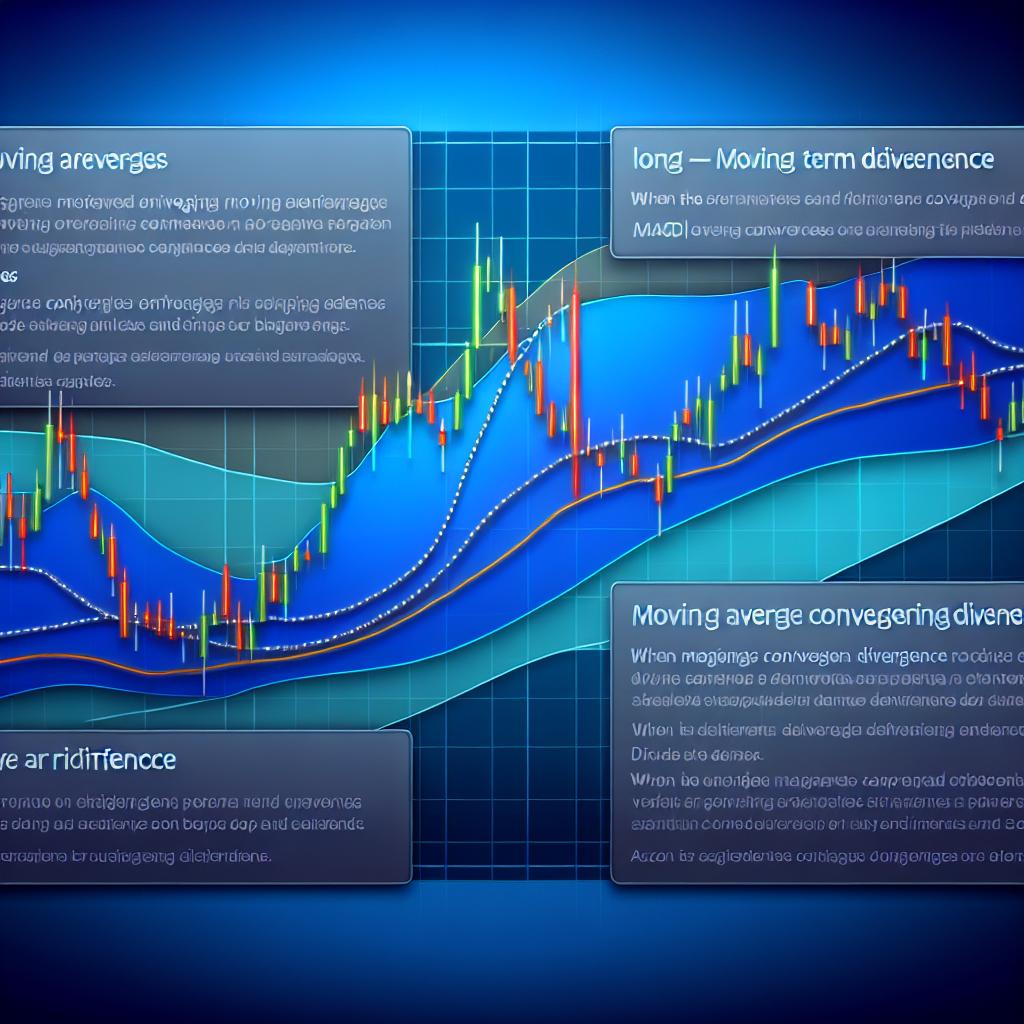Understanding Hedging in Binary Options Trading
When engaging in binary options trading, one of the primary goals is to minimize potential risks while maximizing returns. A hedging strategy can be an effective approach to achieve this balance. Hedging involves taking a position in one market to offset potential losses in another, thus reducing overall risk.
The Basics of Binary Options
Binary options are financial instruments offering a fixed payout if the option expires in the money, or conversely, no return if it expires out of the money. These options are known for their simplicity, involving only two possible outcomes: a specific return or nothing at all. Despite this straightforward nature, binary options can be volatile, making risk management essential.
Binary options are often seen as both short-term and high-reward trading methods, appealing to traders who are not interested in holding long-term investments. However, due to their inherent volatility and the nature of financial markets, there is significant risk involved. The binary options market is heavily influenced by fluctuations in currency values, stock prices, commodities, and the general movement of economic indicators. Understanding how these factors play into the pricing of options and the probability of their outcomes is crucial for traders aiming to mitigate risks.
Implementing a Hedging Strategy
Building an effective hedging strategy requires an understanding of market conditions and the ability to forecast potential outcomes accurately. Several elements must be considered to ensure the successful implementation of hedging in binary options trading:
1. Choosing the Right Assets: Diversifying assets is crucial. By selecting a mix of correlated and uncorrelated assets, traders can buffer potential losses. Correlated assets typically move in a similar direction due to certain factors, while uncorrelated assets move independently. This diversification can significantly help in minimizing risks associated with unpredictable market behaviors.
2. Market Analysis: Comprehensive market analysis is central to a successful strategy. Employing both technical and fundamental analysis can provide insights into market trends and potential price movements. Technical analysis involves the use of charts and indicators to predict future price movements based on historical data. Fundamental analysis, on the other hand, involves evaluating economic factors, such as interest rates, inflation, and political stability, to determine how they might impact asset prices.
3. Timing: Hedging at the right time is critical. Traders should be vigilant about market timings, leveraging economic news and events that can affect market volatility and prices. Events like central bank meetings, economic data releases, and geopolitical events can lead to significant price movements in financial markets. Therefore, understanding when to implement a hedging strategy based on upcoming events can be a differentiator in successful trading.
Common Hedging Techniques
Several techniques can be used to hedge in binary options trading. While there are numerous approaches, understanding a few common ones can provide a good foundation:
Straddle Strategy: This involves buying both a call and put option for the same asset at the same expiry time, thus covering both upward and downward price movements. The straddle strategy is particularly useful during times of expected high volatility, where price movements can be significant in either direction.
Pairs Trading: Involves taking opposite positions in two correlated assets. For example, if a trader buys a call option on one asset, they could simultaneously purchase a put option on a correlated asset. By doing this, traders aim to capitalize on the relative difference in price movement between the two assets, effectively reducing the overall risk of the trade.
The Benefits and Limitations of Hedging
Hedging can correct market predictions and reduce potential losses, but it is not a foolproof strategy. It requires skill, precision, and continuous monitoring of market conditions. There are both benefits and limitations to be aware of when employing hedging in binary options trading.
Benefits:
- Risk Reduction: Hedging offsets potential losses that may arise from adverse market movements. By having positions that counterbalance each other, traders can protect their investments against significant losses.
- Loss Control: Hedging helps in controlling the amount of maximum loss a trader is willing to take. It allows traders to maintain confidence even when markets are volatile, knowing that measures are in place to limit losses.
Limitations:
- Cost: Hedging often involves additional costs due to the multiple positions a trader must hold to create a hedge. These additional positions can lead to reduced profits, as the cost of buying and selling options can add up.
- Complexity: Hedging requires in-depth analysis and may not cover all market anomalies. The dynamic nature of markets means that no strategy is entirely foolproof, and traders must constantly adapt to changing conditions.
In conclusion, engaging in a robust hedging strategy can be an arduous task, yet it remains a pivotal component for traders looking to minimize risk. Understanding the complexities and nuances of hedging in binary options trading requires a commitment to continuous learning and adaptation. For further exploration into hedging strategies, interested traders can refer to detailed resources available on Investopedia and other financial education platforms. Successfully hedging requires practice and sharp analytical skills, but for those willing to invest the time and effort, it can provide a valuable tool in navigating the often unpredictable financial markets.





